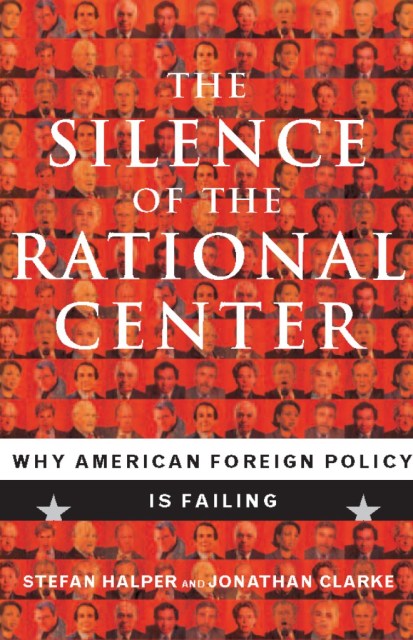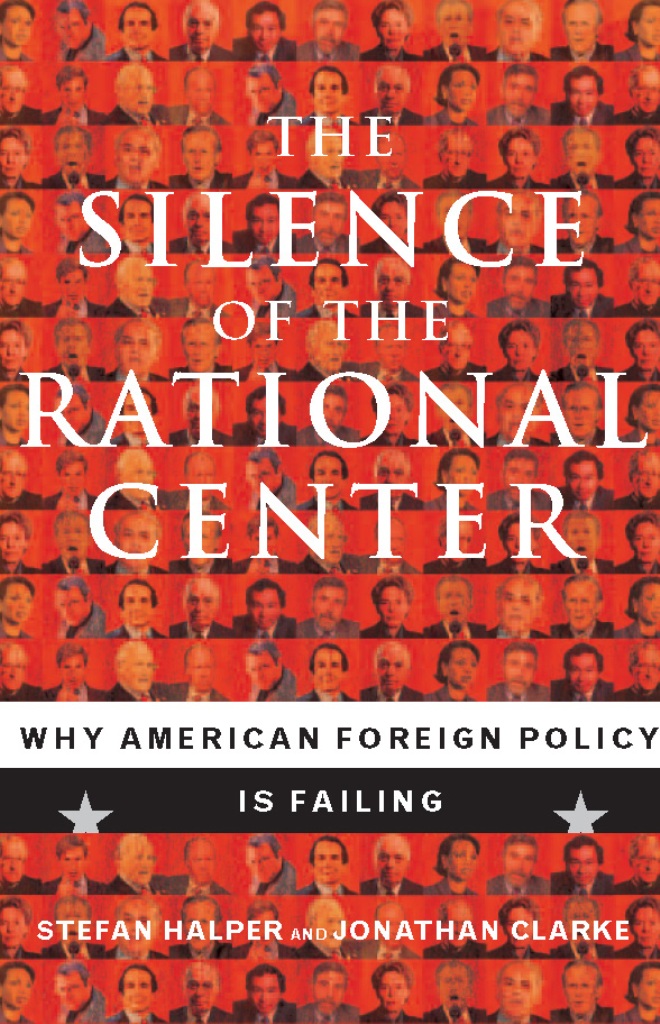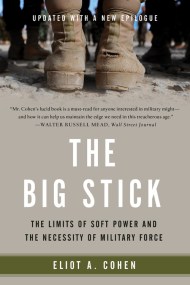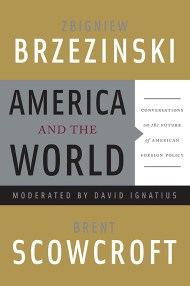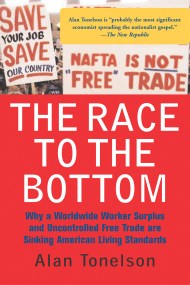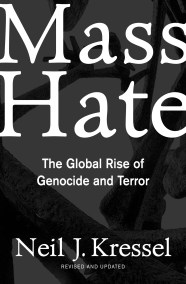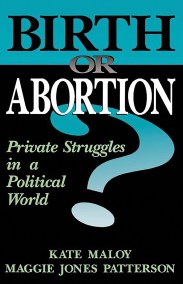The Silence of the Rational Center
Contributors
By Jonathan Clarke
Formats and Prices
Price
$17.99Price
$22.99 CADFormat
Format:
ebook $17.99 $22.99 CADThis item is a preorder. Your payment method will be charged immediately, and the product is expected to ship on or around February 13, 2007. This date is subject to change due to shipping delays beyond our control.
Also available from:
Genre:
- On Sale
- Feb 13, 2007
- Page Count
- 320 pages
- Publisher
- Basic Books
- ISBN-13
- 9780786722297
Newsletter Signup
By clicking ‘Sign Up,’ I acknowledge that I have read and agree to Hachette Book Group’s Privacy Policy and Terms of Use
